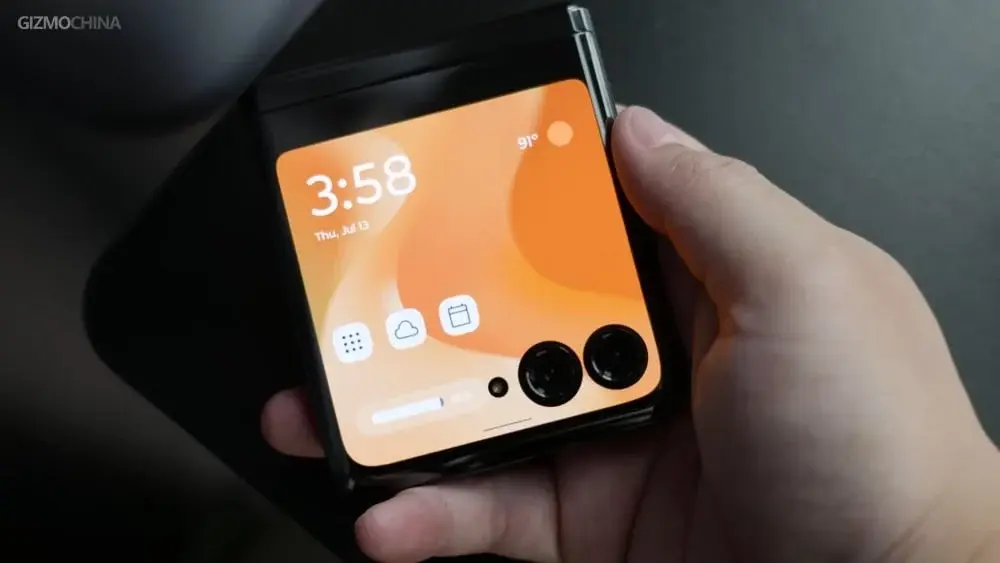Lenovo Mobile Business senior vice president and Motorola president Sergio Buniac recently outlined his vision for Motorola’s smartphone division. His goal is to elevate Motorola to one of the top three smartphone brands globally, excluding China. Buniac noted that the company has consistently held its third-place position in both the North American and Latin American markets.
Motorola is Taking Steps and Seeing Success
An internal initiative called the “Gladiator Project” has been launched by the company. This plan involves three major changes in business strategy. First, the company aims to expand its business with a special focus on markets outside of Latin America and North America. This marks a significant shift from its previous strategy of contraction.
Secondly, Motorola plans to strengthen its presence in the high-end smartphone market with its Razr and Edge series devices. Collaborations with brands like Pantone and Bose are aimed at attracting Gen Z, particularly female users, as well as B2B customers.
Positive Results from Revamped Strategies
The new strategies are already yielding positive outcomes. The shipment volume of the Moto Razr 40 lineup from last year is reportedly five times higher than its predecessor. In the 2023-24 fiscal year, the company has seen a 12% year-on-year increase in smartphone activations, with high-end phones making up 25% of this growth. Revenue in the Asia-Pacific and EMEA markets has surged by 88% and 40%, respectively. Sergio Buniac believes that Motorola’s smartphone business has transitioned from “fighting for survival” to “fighting for victory” over the past six years.
In Q4 2022, Motorola’s market share was 6% in the US and an impressive 24% in Latin America, placing it second only to Samsung in the latter region. However, the company’s presence in the Chinese market remains relatively weak.
Deeper Integration of Artificial Intelligence
Motorola is also working on integrating artificial intelligence more deeply into its smartphones. Sergio Buniac predicted that in the near future, smartphones will offer a personalized user experience powered by AI based on user interactions.


Leave a Reply